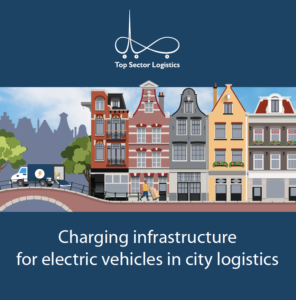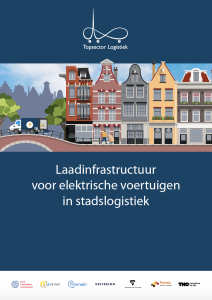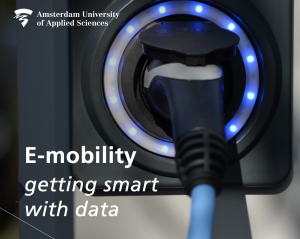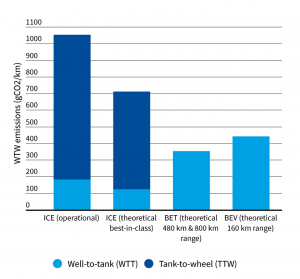McKinsey: Why most eTrucks will choose overnight charging

McKinsey estimates eTruck adoption will exceed 30 percent by 2030 across different vehicle classes: light commercial vehicle (LCV), medium-duty truck (MDT), and heavy-duty truck (HDT). McKinsey predicts growth from 2.7 million units by 2025 to 11 million units by 2030 in China, Europe, and the US. This is a result of the alignment of several key …








